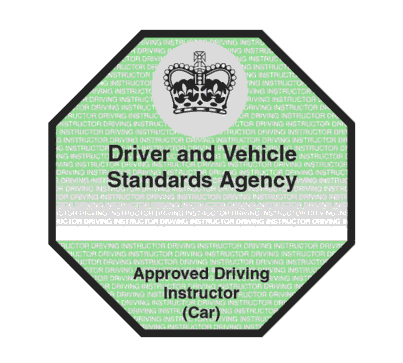BRIDGNORTH


SCHOOL OF MOTORING
01746 762981 07803 236216
01746 762981 07803 236216
SHOW ME - TELL ME
At the start of a driving test a tell me question will be asked, once on the move you will be asked a show me question which involves operating one of the ancillary controls whilst maintaining full control of your vehicle.
Once a full licence is obtained you are solely responsible for the vehicle you are driving, regardless of who owns it. These checks are essential to the safety of yourself and other road users. They are also vital to maintain your vehicle and keep it in a roadworthy condition. If neglected they could result in your licence being endorsed, a fine or expensive repairs.
Open the bonnet and tell me how you would check that the engine has sufficient oil?
Make sure the car is parked on level ground, identify the dipstick, pull out and wipe clean, replace, pull out again and then describe check of oil level against the minimum / maximum markers.
Open the bonnet and tell me how you would check that the engine has sufficient coolant?
Make sure the car is parked on level ground, locate the header tank and the minimum / maximum markers, then check the level is between those markings. Never undo the cap until engine has cooled down.
Open the bonnet and tell me how you would check that you have a safe level of hydraulic brake fluid?
Make sure car is parked on level ground, identify the brake fluid reservoir and the minimum / maximum markers, then check the level is between those markings.
Tell me how you would check the brake lights are working on this car?
Make sure the ignition is switched on, operate the brake pedal and make use of reflections in windows or ask someone to help.
Tell me how you would check that the brakes are working before starting a journey?
The brake pedal should not feel spongy or slack. Brakes should be tested as you move off and the vehicle should not pull to one side.
Tell me how you would check the tyres to ensure they have sufficient tread depth and their general condition is safe to use on the road?
There should be no cuts, bulges or visible damage to the tyre. There should be at least 1.6mm of tread depth across the central ¾ breadth of the tyre and around the entire outer circumference.
Tell me where you would find the information for the recommended tyre pressures for this car and how tyre pressures should be checked?
Consult the manufacturers guide in the car owners manual. Use a reliable pressure gauge, check and adjust pressures when the tyres are cold, including the spare tyre. (Tyre pressures should be checked regularly as it affects the cars handling, tyre wear and fuel consumption)
Tell me how you would check that the power assisted steering (PAS) is working before starting a journey?
Before starting the engine apply gentle pressure on the steering wheel and maintain it whilst using the other hand to start the engine, this should result in a slight but noticeable movement as the system begins to operate. Alternatively turning the steering wheel just after moving off will give an immediate indication that the power assistance is functioning. If the steering becomes heavy the system may not be working properly.
Tell me how you would check that the headlights and tail lights are working?
Turn on the ignition (if necessary) operate headlight switch and walk round the vehicle to check.
Tell me how you would check that the direction indicators are working?
Turn on the ignition, operate the indicators and walk round the vehicle to check. Alternatively switch on the hazard warning lights and walk round the vehicle to check all six are flashing.
Tell me how you would switch on the rear fog light and explain when you would use it?